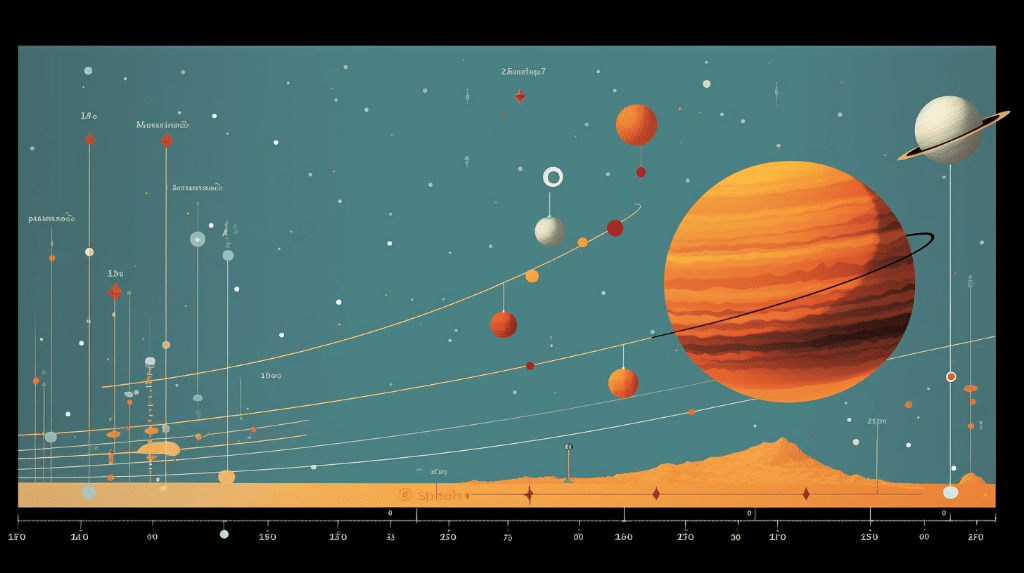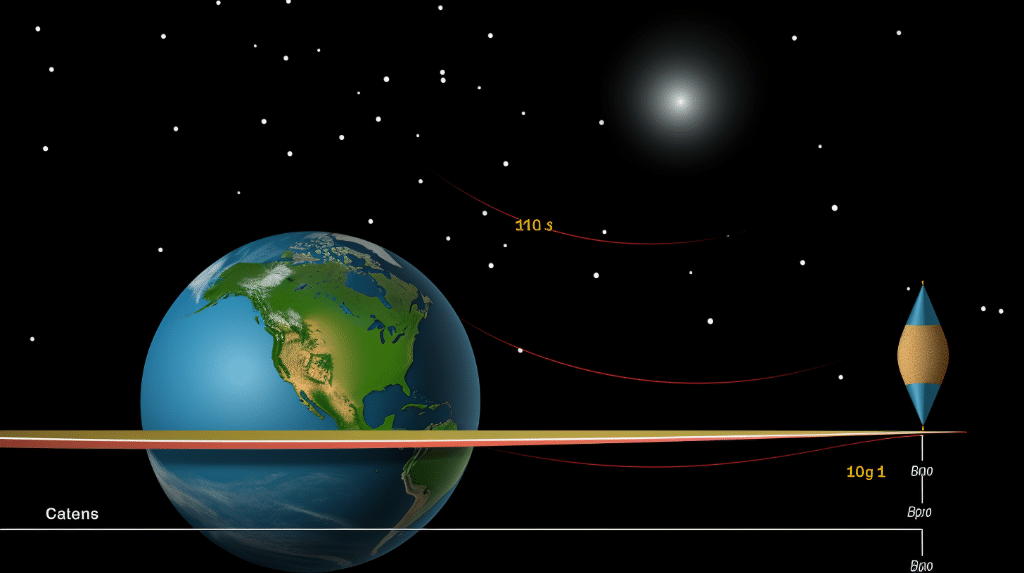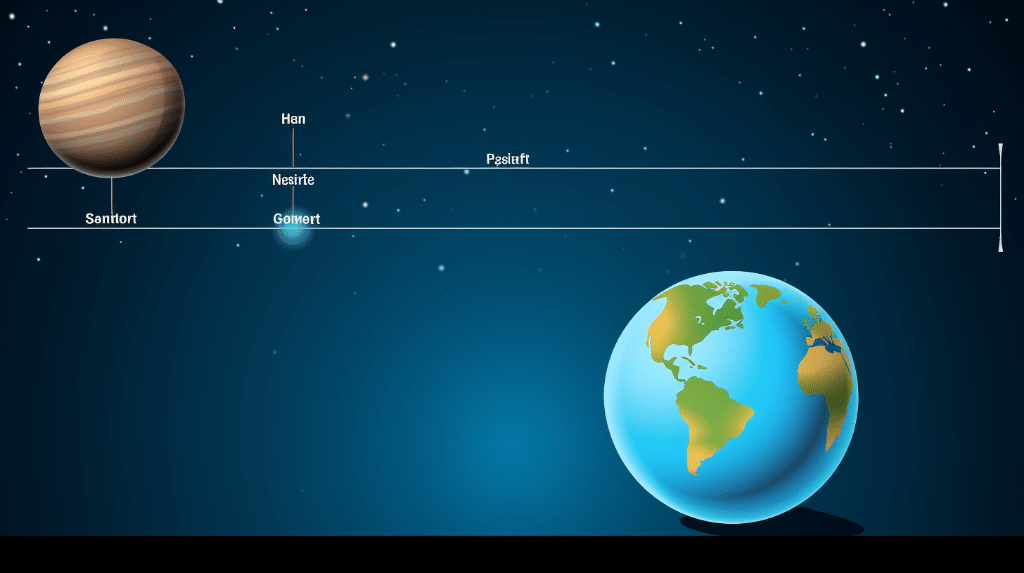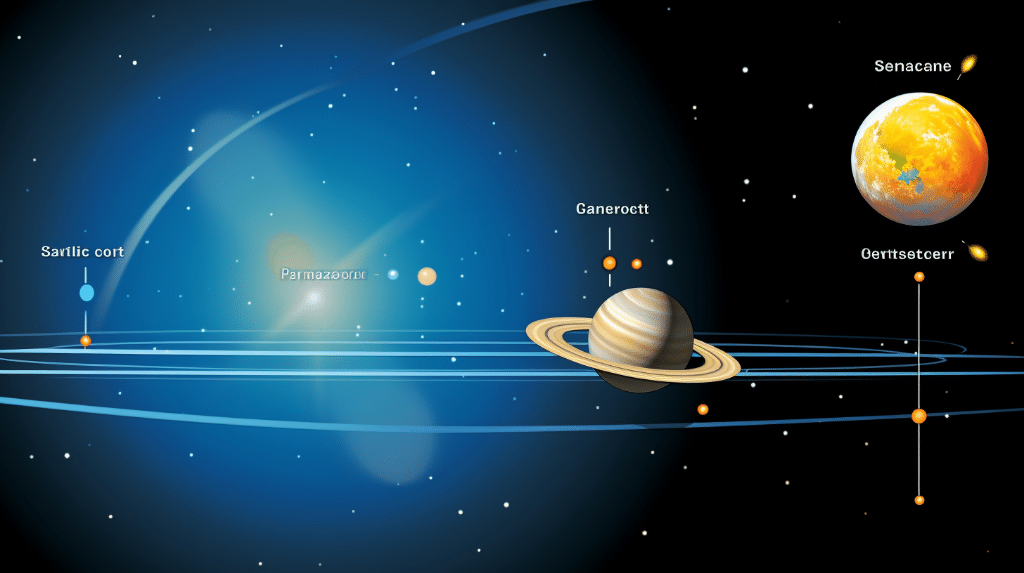Calculating mass from force and distance is an essential concept in physics. It allows us to determine the mass of an object based on the force applied to it and the distance it travels. This calculation is crucial in a variety of fields, including mechanics, engineering, and even everyday life situations. In this blog post, we will explore the physics behind calculating mass from force and distance, provide a step-by-step guide on how to perform the calculation, present practical examples, and address common misconceptions and mistakes. Let’s dive in!
The Physics Behind Calculating Mass from Force and Distance
Newton’s Second Law of Motion

To understand how to calculate mass from force and distance, we need to start with Newton’s Second Law of Motion. This law states that the force acting on an object is equal to the mass of the object multiplied by its acceleration. Mathematically, it can be represented as:
![]()
Where:
– ![]() represents the force applied to the object,
represents the force applied to the object,
– ![]() represents the mass of the object,
represents the mass of the object,
– ![]() represents the acceleration produced by the force.
represents the acceleration produced by the force.
The Role of Gravitational Force

When calculating mass from force and distance, we often encounter the force of gravity. The force of gravity is responsible for pulling objects towards the Earth. On Earth’s surface, the force of gravity is approximately 9.8 meters per second squared ![]() and is used as the acceleration due to gravity in many calculations.
and is used as the acceleration due to gravity in many calculations.
The Importance of Distance in the Calculation
Distance plays a crucial role in calculating mass from force. When a force is applied to an object and it travels a certain distance, work is done on the object. The work done is equal to the force applied multiplied by the distance covered. Mathematically, it can be represented as:
![]()
Where:
– ![]() represents the work done on the object,
represents the work done on the object,
– ![]() represents the force applied to the object,
represents the force applied to the object,
– ![]() represents the distance covered by the object.
represents the distance covered by the object.
Step-by-Step Guide on How to Calculate Mass from Force and Distance
Now that we understand the physics behind calculating mass from force and distance, let’s go through a step-by-step guide on how to perform the calculation.
Identifying the Given Variables
The first step is to identify the given variables in the problem. These variables include the force applied to the object ![]() ) and the distance traveled by the object
) and the distance traveled by the object ![]() ).
).
Applying the Force Formula
Next, we need to apply the force formula to determine the acceleration ![]() ) produced by the force. Rearranging Newton’s Second Law of Motion equation, we have:
) produced by the force. Rearranging Newton’s Second Law of Motion equation, we have:
![]()
Solving for Mass

Finally, to calculate the mass ![]() ) of the object, we rearrange the equation to solve for
) of the object, we rearrange the equation to solve for ![]() :
:
![]()
By substituting the known values for force and acceleration, we can determine the mass of the object.
Practical Examples and Solutions
Let’s explore some practical examples to further illustrate how to calculate mass from force and distance.
Example 1: Calculating Mass with Given Force and Distance
Suppose we have an object that experiences a force of 30 Newtons and travels a distance of 5 meters. To calculate the mass of the object, we can use the equation:
![]()
Since we know the force ![]() ) and distance
) and distance ![]() ), we need to determine the acceleration
), we need to determine the acceleration ![]() ) produced by the force. In this case, we can use the acceleration due to gravity
) produced by the force. In this case, we can use the acceleration due to gravity ![]() ) as the value of
) as the value of ![]() :
:
![]()
Substituting the known values into the equation, we have:
![]()
Simplifying the calculation, the mass of the object is approximately 3.06 kilograms.
Example 2: Determining Mass with Known Gravitational Force and Distance
Now let’s consider a scenario where we have an object falling freely under the influence of gravity. The force acting on the object is the gravitational force ![]() ), where
), where ![]() represents the mass of the object and
represents the mass of the object and ![]() represents the acceleration due to gravity.
represents the acceleration due to gravity.
Suppose the object falls for a distance of 10 meters. To calculate the mass of the object, we can use the equation:
![]()
In this case, the force ![]() ) is the weight of the object, which can be calculated as
) is the weight of the object, which can be calculated as ![]() , where
, where ![]() represents the mass and
represents the mass and ![]() represents the acceleration due to gravity.
represents the acceleration due to gravity.
Substituting the known values into the equation, we have:
![]()
Simplifying the calculation, we get:
![]()
The mass of the object is approximately 10 kilograms.
Example 3: Working Out Mass from Force and Distance in Real-Life Scenarios
Calculating mass from force and distance is not limited to theoretical examples. It is a concept applied in various real-life scenarios. For instance, consider a car traveling at a constant speed of 60 kilometers per hour. The force required to maintain this speed depends on the resistance forces acting on the car, such as air resistance and friction. By measuring the force required and knowing the distance traveled, we can calculate the mass of the car using the formulas and principles discussed earlier.
Common Misconceptions and Mistakes in Calculating Mass from Force and Distance
While calculating mass from force and distance, it’s important to be aware of common misconceptions and mistakes. Let’s address a few of them:
Misinterpretation of Newton’s Second Law
Some people mistakenly assume that the force applied to an object is always equal to its weight. However, it’s essential to differentiate between weight (the force exerted on an object due to gravity) and the force applied to an object. The force applied can be due to factors other than gravity, such as an external push or pull.
Incorrect Application of the Force Formula
Another common mistake is applying the force formula incorrectly. Remember, the force formula ![]() ) is used to determine acceleration when force and mass are given. To calculate mass, we rearrange the formula to
) is used to determine acceleration when force and mass are given. To calculate mass, we rearrange the formula to ![]() .
.
Common Calculation Errors
Calculation errors can occur when performing the step-by-step process. It’s crucial to double-check the units, ensure correct substitutions of values, and use the appropriate formulas for the given situation.
Calculating mass from force and distance is a fundamental concept in physics. By understanding Newton’s Second Law of Motion, the role of gravitational force, and the importance of distance, we can accurately determine the mass of an object. By following the step-by-step guide and considering practical examples, we can apply this knowledge in various scenarios. Remember to avoid common misconceptions and mistakes when performing the calculations. So go ahead, explore the relationship between force, mass, and distance, and unlock a deeper understanding of the physics behind it all!
How can the concept of calculating mass from force and distance be applied in the context of gravitational force?
The intersection between calculating mass from force and distance and the concept of gravitational force is a fascinating one. It prompts us to explore how the principles of calculating mass can be applied specifically to gravitational force. To gain insights into this intersection, one can refer to the Calculating mass with gravitational force guide. This guide offers comprehensive information and step-by-step instructions on how to determine mass using gravitational force. It serves as a valuable resource for anyone looking to understand the relationship between mass, force, and gravity.
Numerical Problems on how to calculate mass from force and distance
- Problem: A force of 8 N is applied to an object, causing it to move a distance of 10 m. Calculate the mass of the object.
Solution:
Given:
Force (F) = 8 N
Distance (d) = 10 m
We know that the formula to calculate mass (m) is:
![]() … (1)
… (1)
Where force (F) is equal to mass (m) multiplied by acceleration (a).
Since the object is moving at a constant speed, the acceleration is zero (a = 0).
From equation (1), we can rearrange it to solve for mass (m):
![]()
Substituting the given values, we have:
![]()
Since the denominator is zero, it implies that the mass of the object is zero.
Therefore, the mass of the object is 0 kg.
- Problem: A force of 12 N is applied to an object, causing it to accelerate at a rate of 4 m/s^2. If the object moves a distance of 6 m, calculate the mass of the object.
Solution:
Given:
Force (F) = 12 N
Acceleration (a) = 4 m/s^2
Distance (d) = 6 m
We know that the formula to calculate mass (m) is:
![]() … (2)
… (2)
From equation (2), we can rearrange it to solve for mass (m):
![]()
Substituting the given values, we have:
![]()
Simplifying the expression, we get:
![]()
Therefore, the mass of the object is 3 kg.
- Problem: An object with a mass of 5 kg is accelerating at a rate of 2 m/s^2. If the object moves a distance of 8 m, calculate the force applied to the object.
Solution:
Given:
Mass (m) = 5 kg
Acceleration (a) = 2 m/s^2
Distance (d) = 8 m
We know that the formula to calculate force (F) is:
![]() … (3)
… (3)
Substituting the given values, we have:
![]()
Simplifying the expression, we get:
![]()
Therefore, the force applied to the object is 10 N.
Also Read:
- How to calculate friction force without mass
- How to calculate mass from force
- How to find potential energy without mass
- How to find mass in centripetal force
- How to find kinetic energy with mass and height
- How to find kinetic energy with speed and mass
- How to find torque with mass
- How to find binding energy from mass defect
- How to calculate speed from force and mass
- Is mass an extensive property

